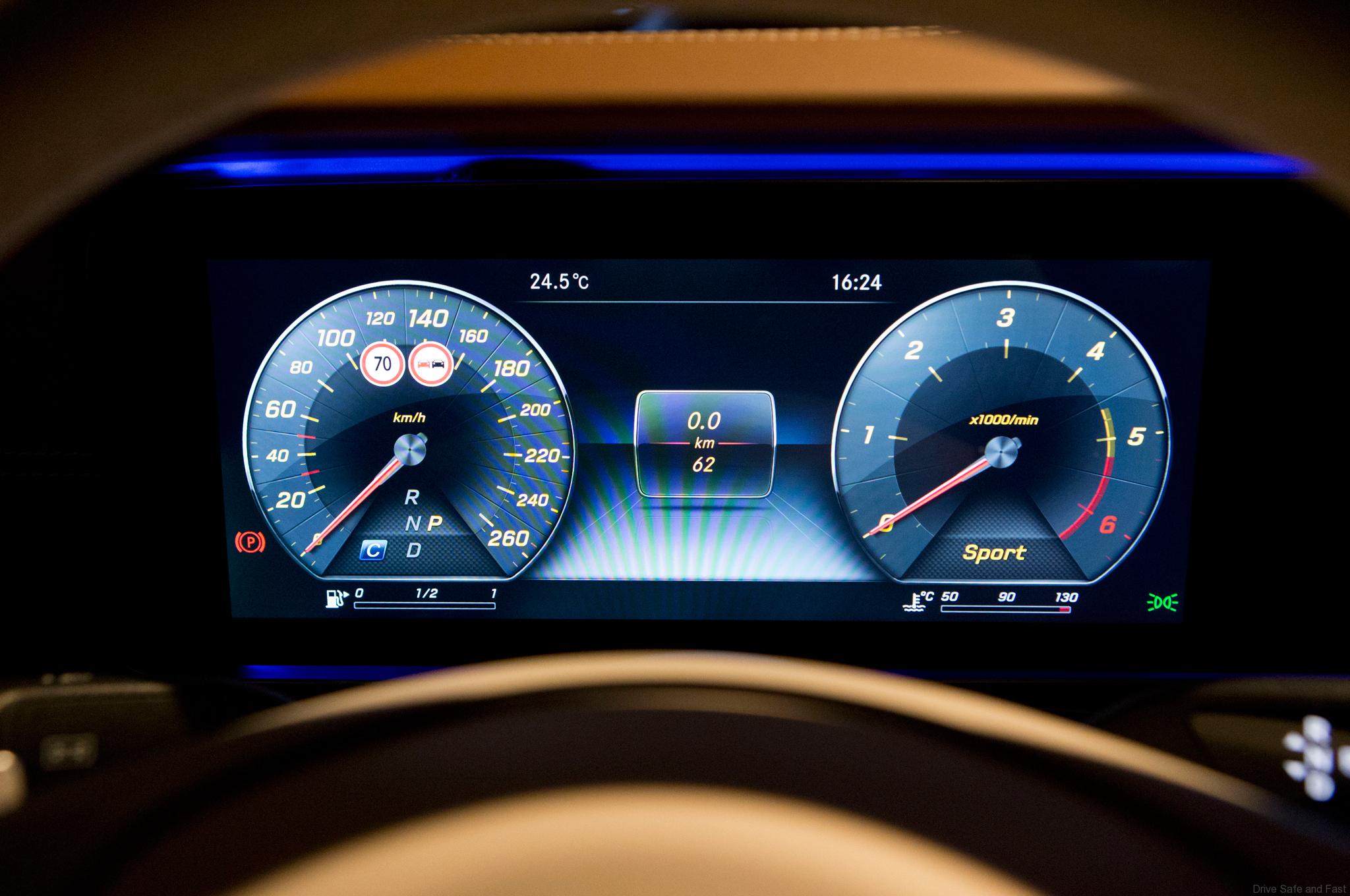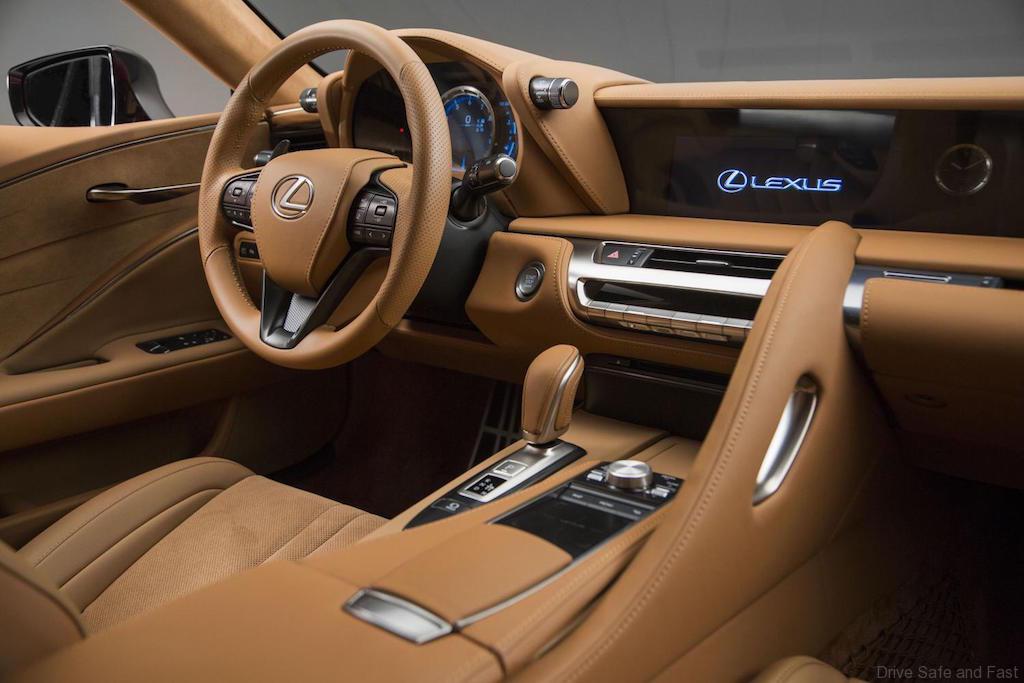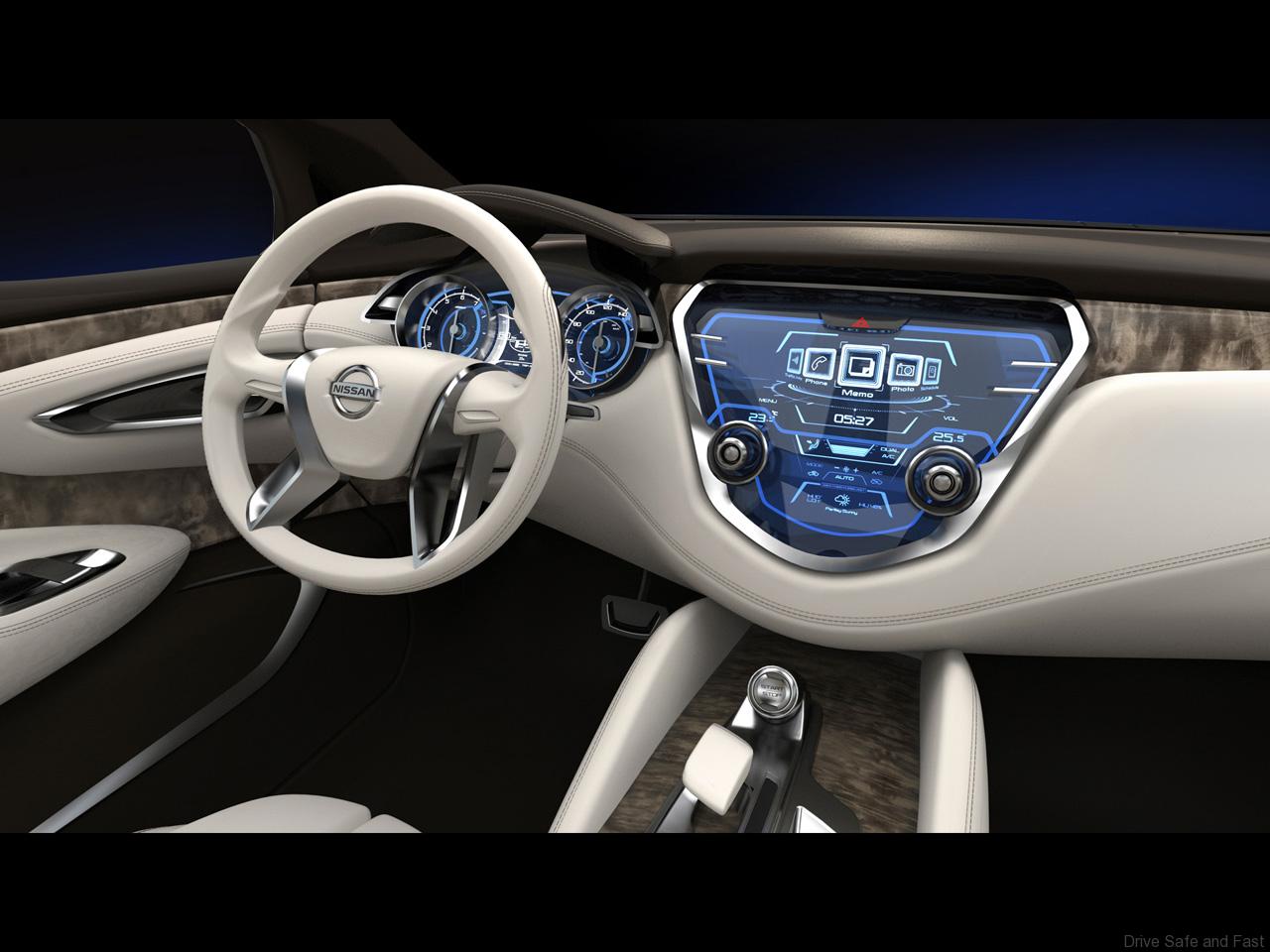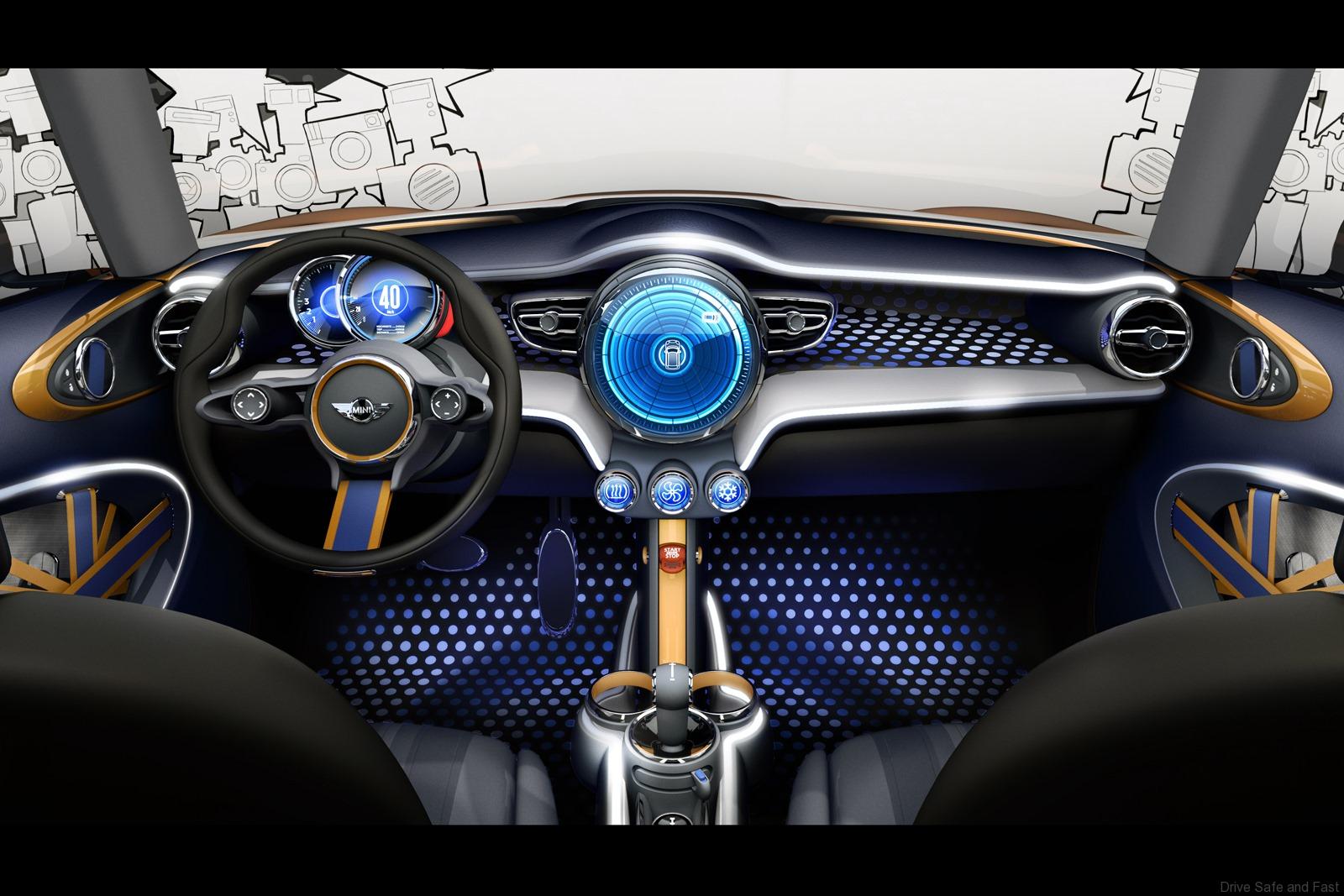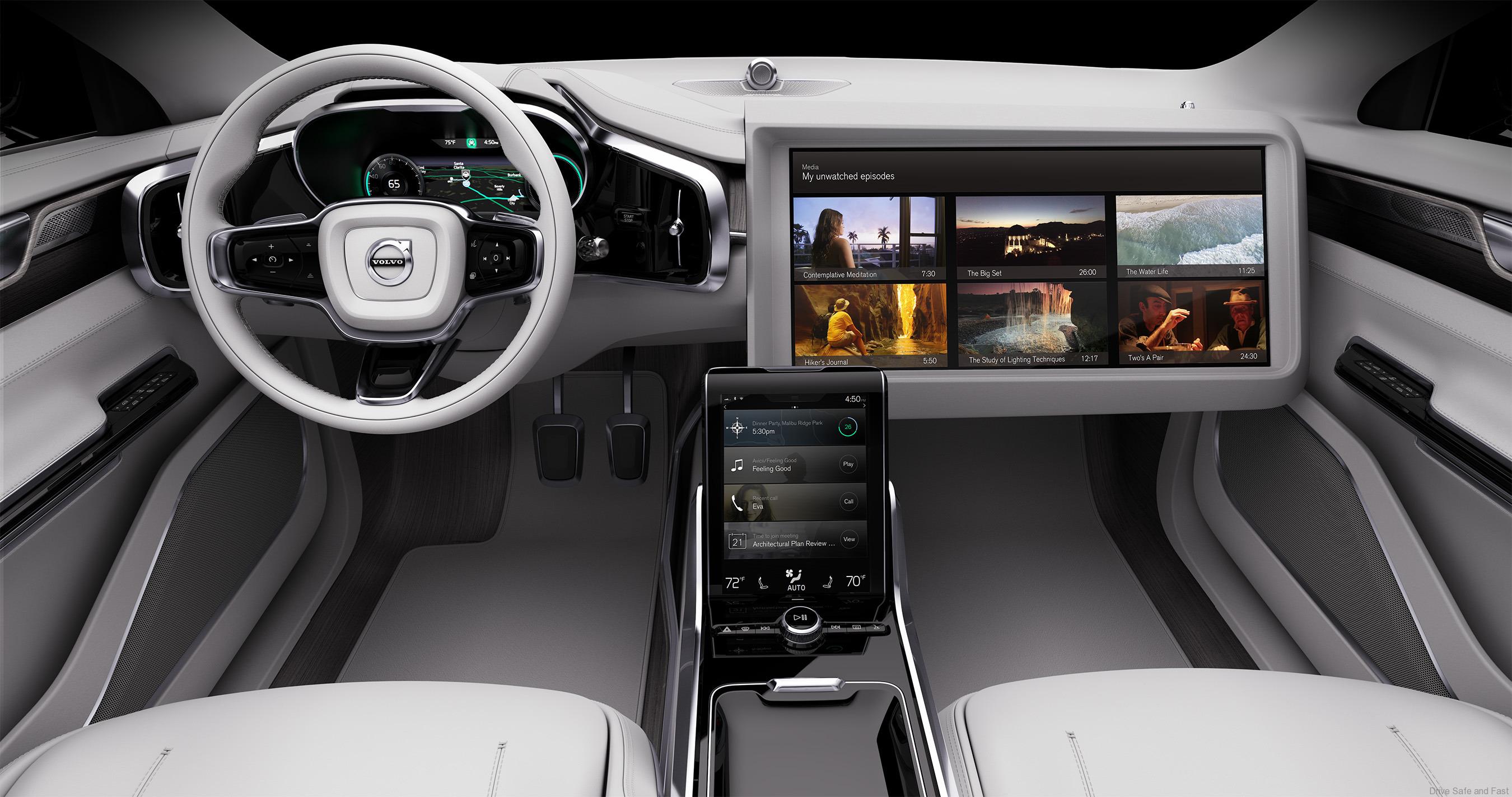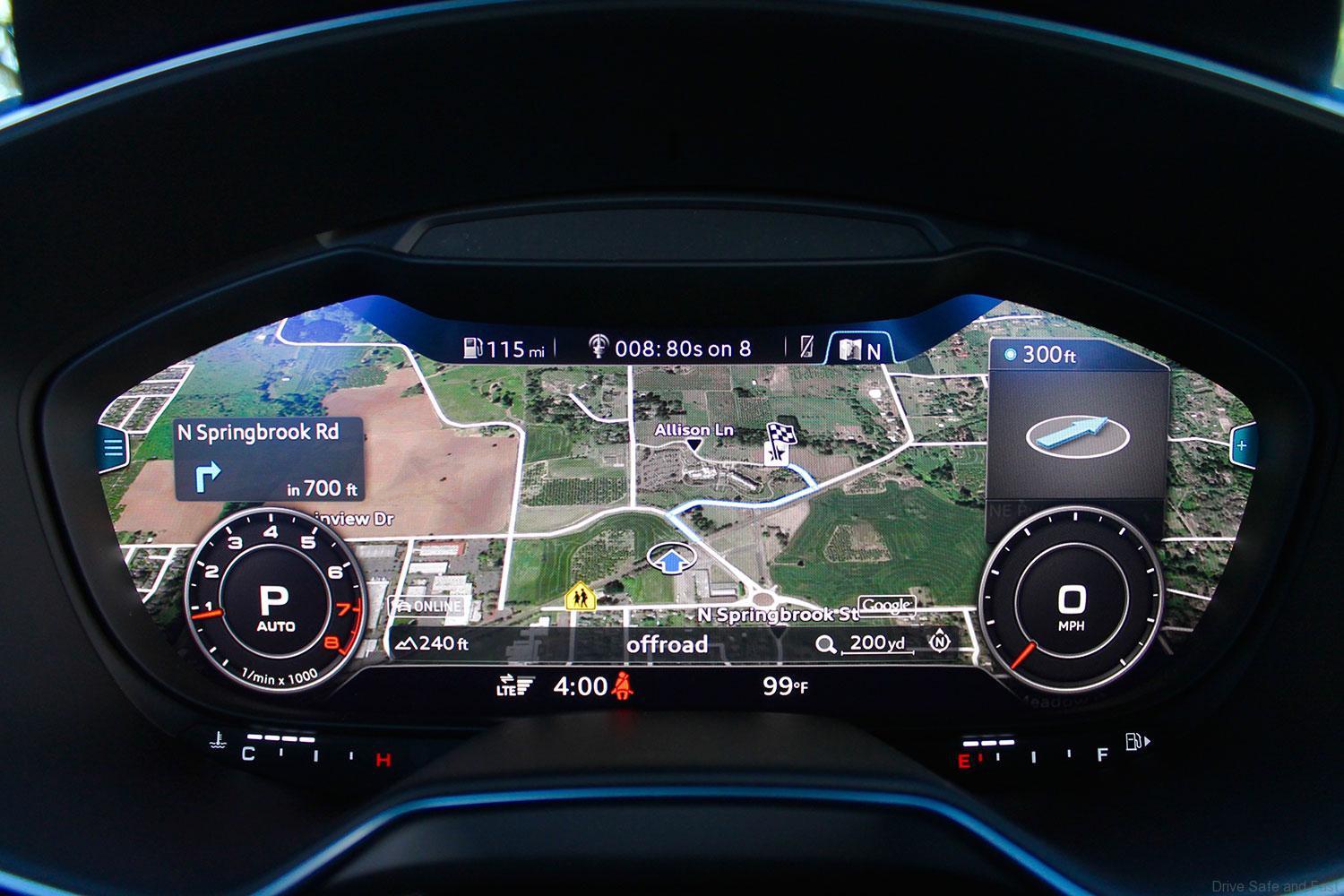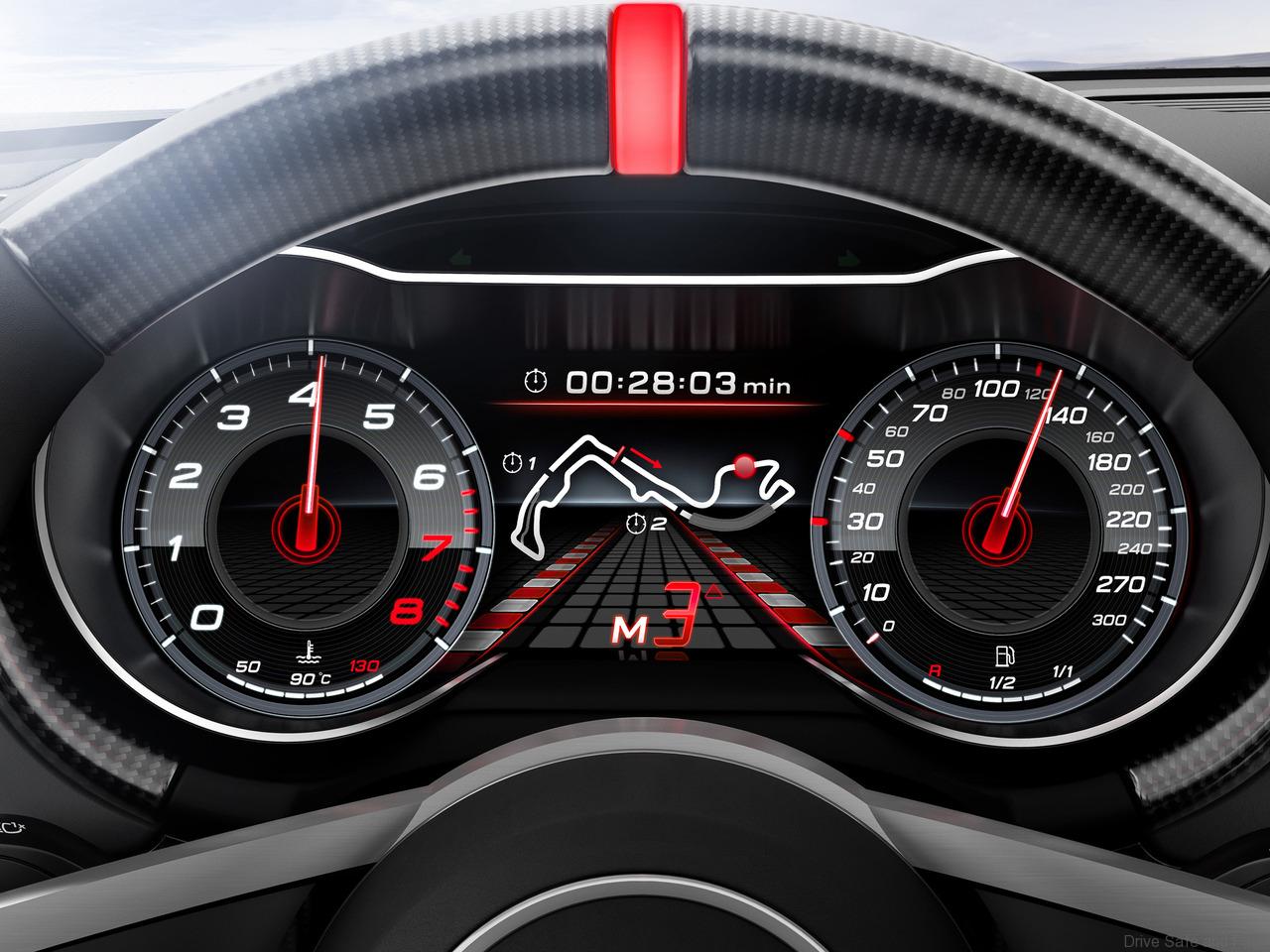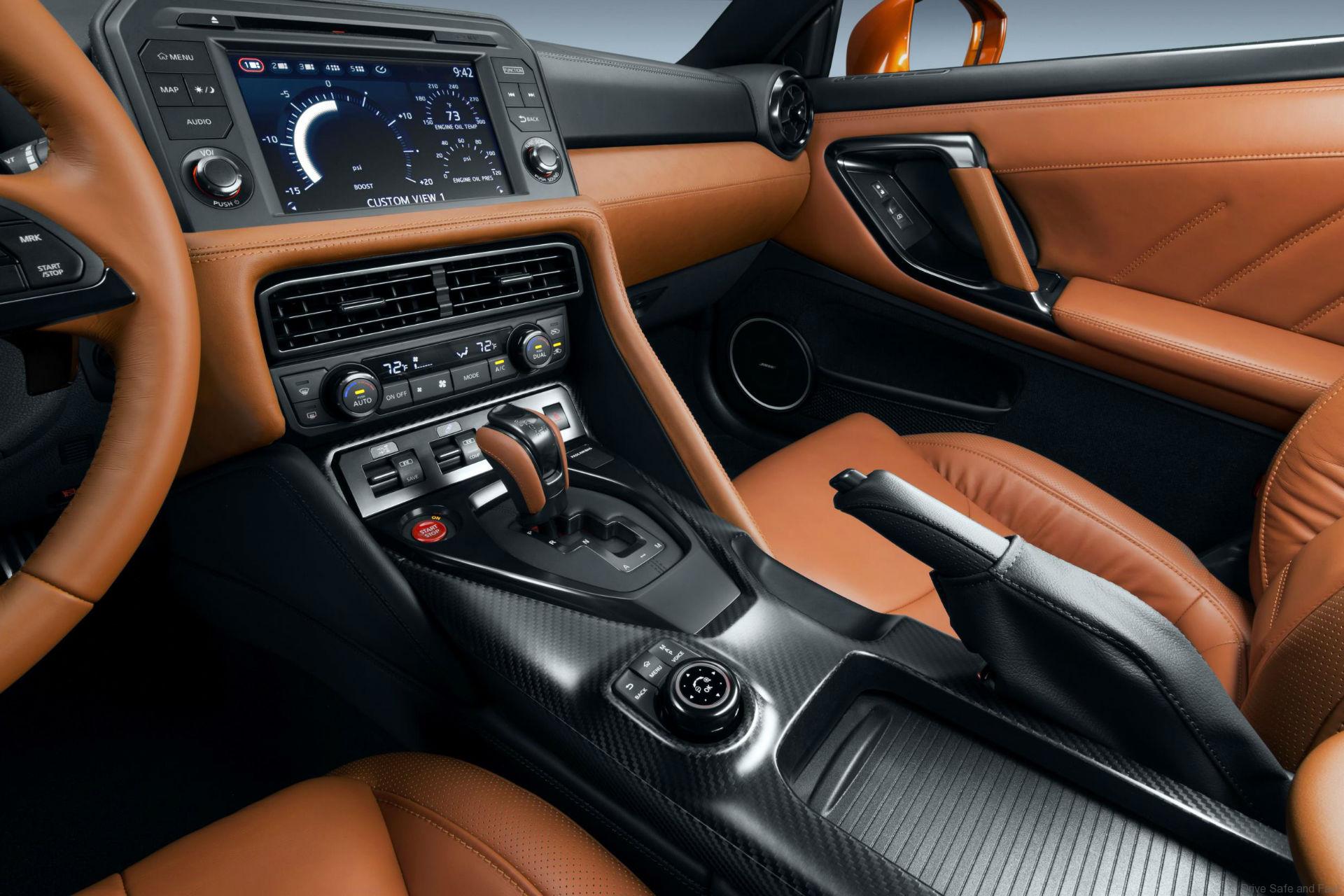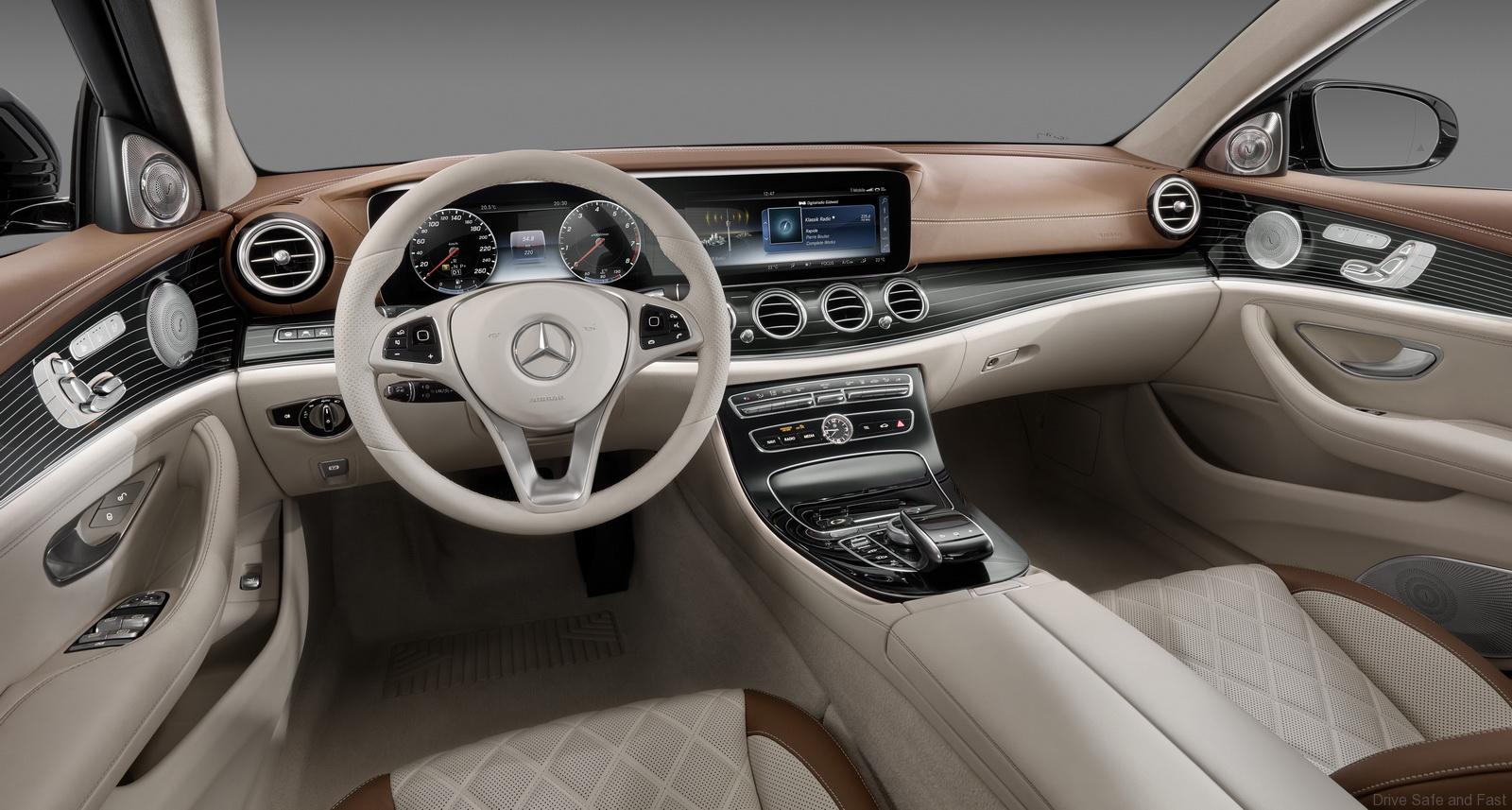Take a look at the instrument panel on your new car today and you will probably find some sleek digital gauges, a flat screen panel and/or multicolored screens. This is the the direction being taken by most car manufacturers in the quest to reduce overall car weight and increase functions and features for car buyers.
Increased competition between competitors have pushed car manufacturers to look more towards cabin features and smart connectivity which is being requested more and more by younger car buyers.
These new digital dashboards (like what the new Audi, BMW and Mercedes vehicles have today can lead to cost reductions for manufacturers, who can save as much as USD175.00 per car with an integrated cockpit, according to Munich-based management consulting firm Roland Berger.
They can also help with fuel efficiency. That’s because vehicles are lighter when there are fewer behind-the-scenes computers, known as electronic control units (ECUs). Vehicles today contain 80 to 120 ECUs, the number are expected to fall sharply in coming years.
But perhaps the biggest motivation for fancy car cockpits is sales. Drivers (especially younger tech savvy drivers) accustomed to the seamless technology of their smartphones are finding today’s dashboard offerings boring, clunky and non-intuitive.
Better car cockpits could prove crucial to attracting younger consumers, who are not showing the same enthusiasm for cars or even driving that their parents did. Research company Mintel found that 41% of millennial car buyers are interested in having the latest technology in their vehicles and smart phone connectivity is a must.
Five years ago, the dashboard was “a plastic molded cockpit that we stuffed electronics into,” said Yerdon, Visteon’s marketing chief. “Now it’s more about an electronic architecture that’s experience-driven, and we mold plastic around it.”





